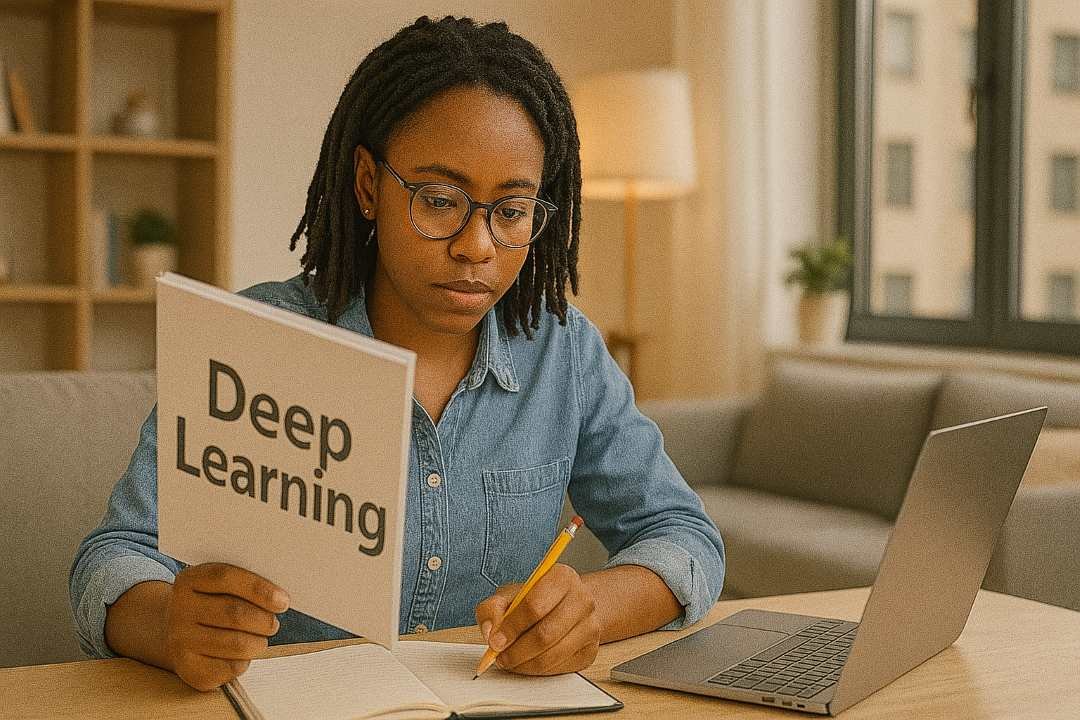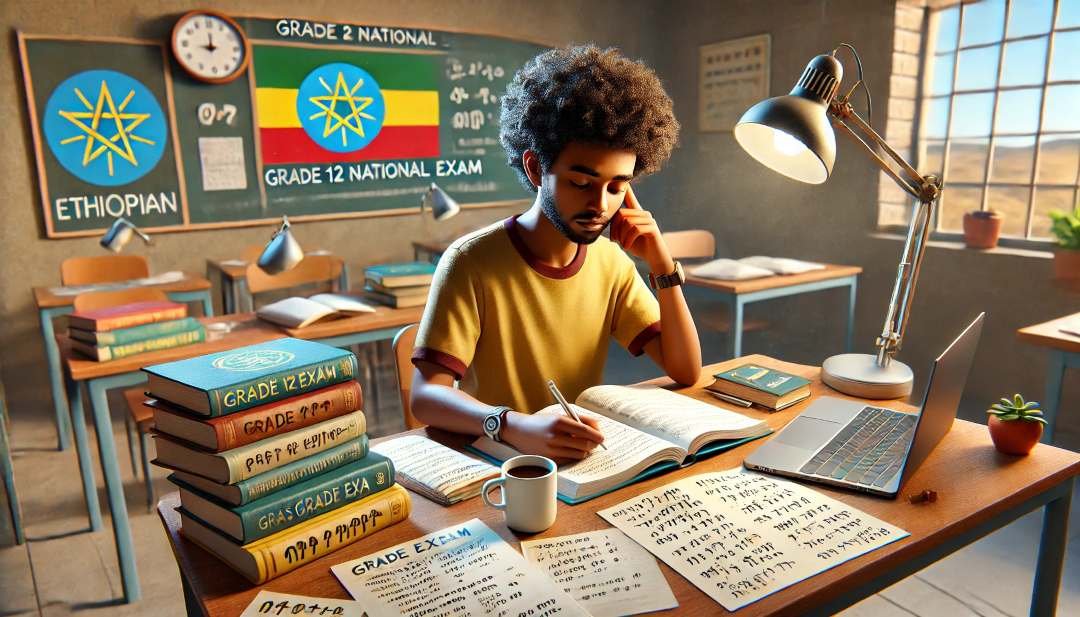
💡 What Is Deep Learning?
Deep Learning is a branch of Machine Learning that uses artificial neural networks to learn from large amounts of data.
✅ Inspired by the structure of the human brain
✅ Automatically extracts features from data
✅ Works well with images, speech, text, video, and big data
It powers technologies like:
Facial recognition
ChatGPT
Voice assistants (e.g., Siri)
Self-driving cars
Medical image diagnosis
🧠 1. Neural Networks – The Core of Deep Learning
A Neural Network is made of layers of nodes (neurons):
✅ Input Layer – Takes raw data (images, numbers, text)
✅ Hidden Layers – Extract features and patterns
✅ Output Layer – Produces the final prediction
Each neuron receives inputs, processes them, and passes the result forward.
🔄 Example: Image Recognition
Input = picture of a cat
Model learns patterns → eyes, fur, ears
Output = "Cat" (with 95% confidence)
🔗 2. Key Concepts in Deep Learning
📚 3. Popular Deep Learning Architectures
🧰 4. Deep Learning Libraries & Tools
✅ Ethiopian students can start learning for free using Google Colab (no setup needed).
🔍 5. Deep Learning in Real Life (Ethiopia & Beyond)
✅ Crop disease detection via image recognition
✅ Chatbots for banking and customer support (in Amharic)
✅ Voice-to-text systems for local languages
✅ Predicting market trends and election outcomes
✅ Face detection for ID/passport automation
✅ Medical diagnosis tools using x-rays or ultrasound scans
📈 6. How Deep Learning Works (Step-by-Step)
Collect Data (e.g., 10,000 labeled images)
Prepare Data (resize, clean, normalize)
Build Model (choose layers, neurons, activations)
Train Model (use backpropagation to adjust weights)
Evaluate (check accuracy, loss, confusion matrix)
Deploy (use the trained model in an app or service)
🧠 7. Challenges in Deep Learning
✅ Needs a lot of data to work well
✅ Requires powerful hardware (GPU)
✅ Can be a black box — hard to explain how it made a decision
✅ Prone to bias if training data isn't balanced
But with tools like transfer learning, even small datasets can be useful.
💼 Career Paths in Deep Learning
✅ Deep Learning Engineer
✅ AI Research Scientist
✅ Computer Vision Engineer
✅ NLP Engineer
✅ Data Scientist
✅ ML Ops Engineer
✅ Biomedical AI Specialist
✅ Robotics/Autonomous Systems Developer
Comments (0)
Categories
Recent posts


Ethiopian Coders Initiative: Free Coding ...
18 Mar 2025
Grade 12 Exam Preparation Ethiopia | ...
18 Mar 2025
How to Make Money Online in Ethiopia | ...
18 Mar 2025




